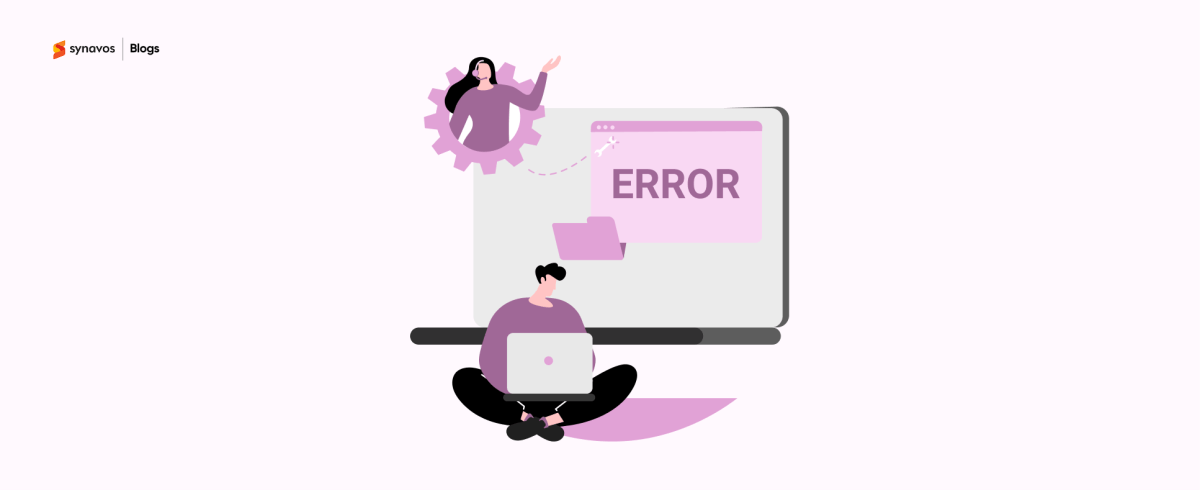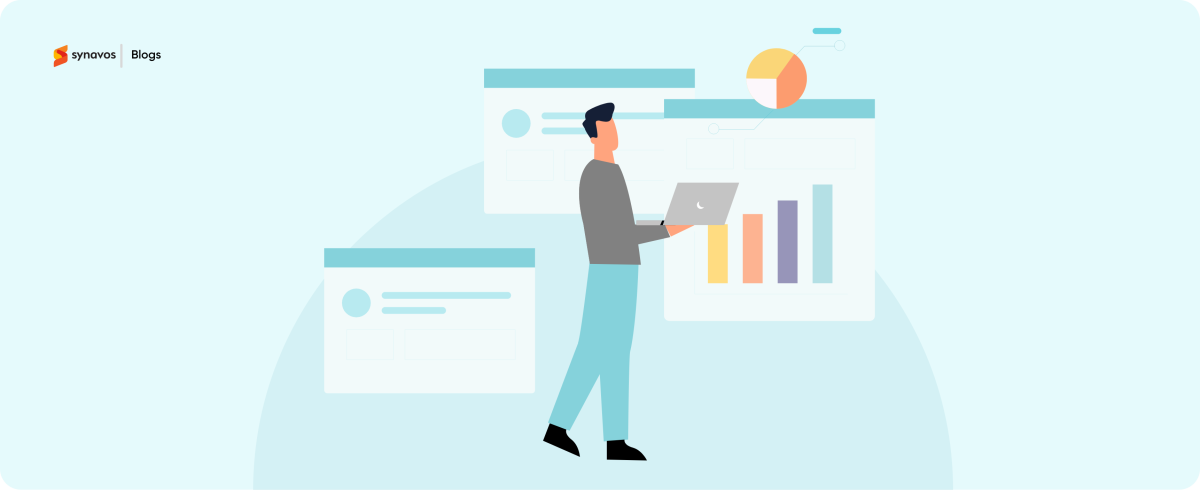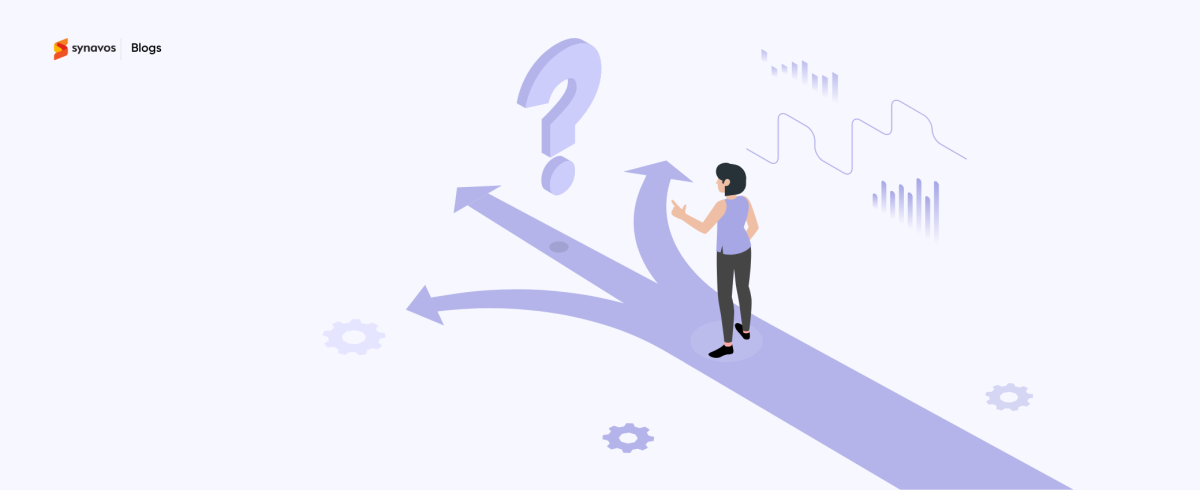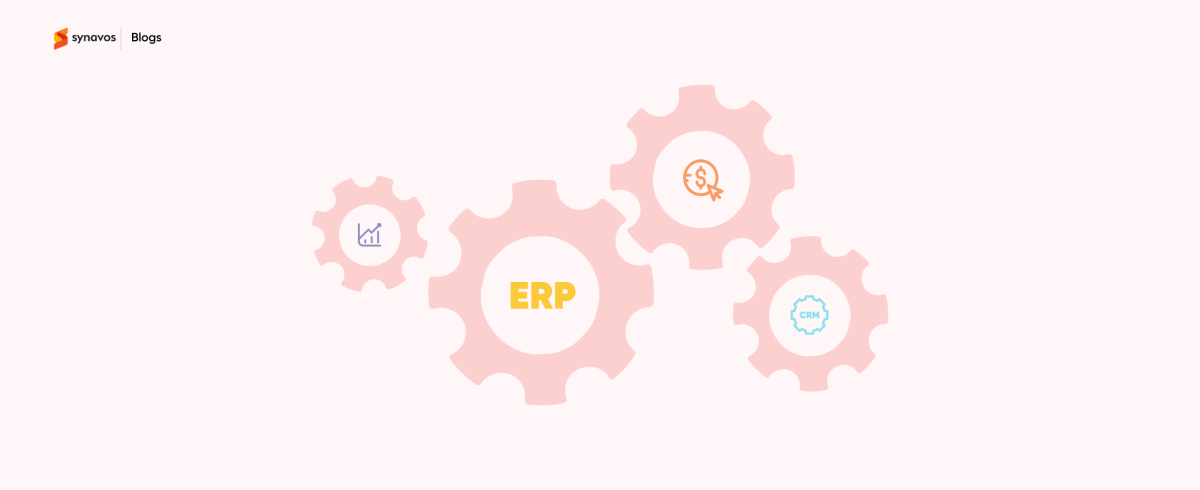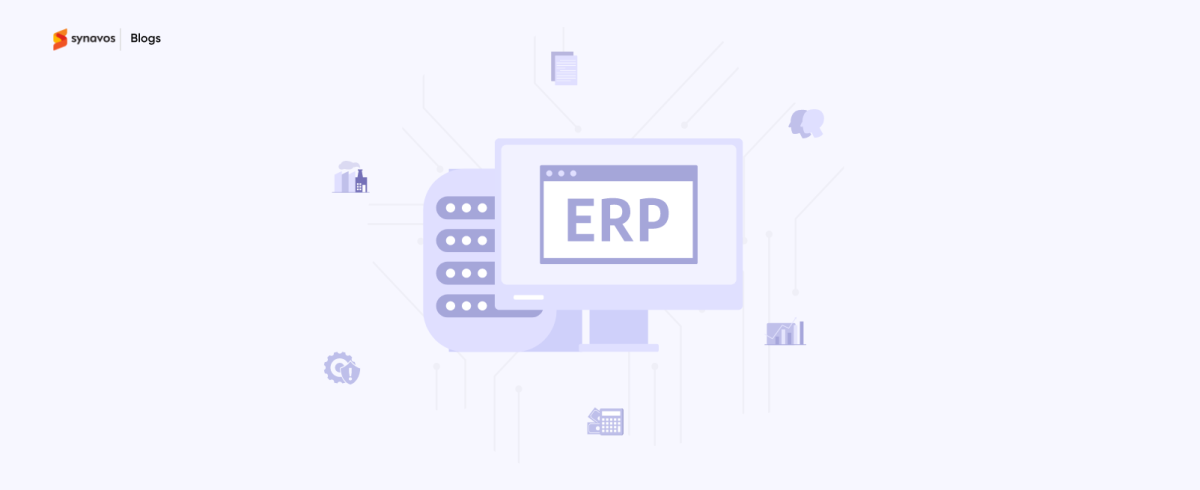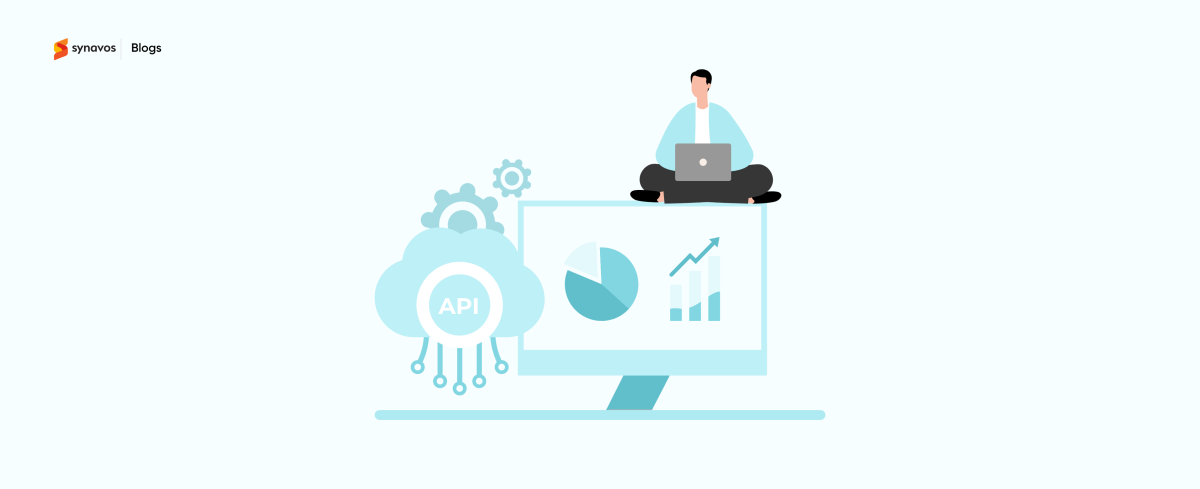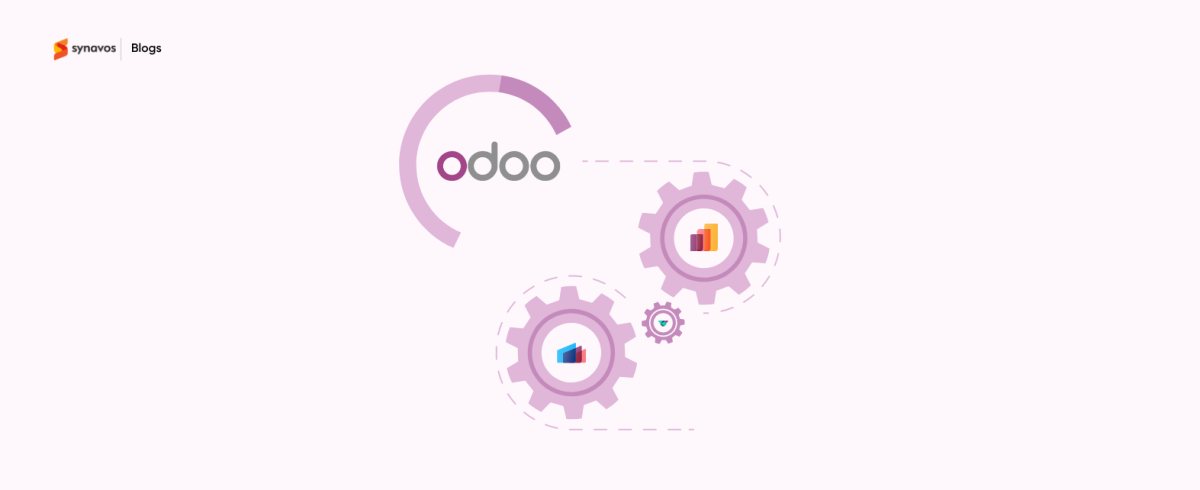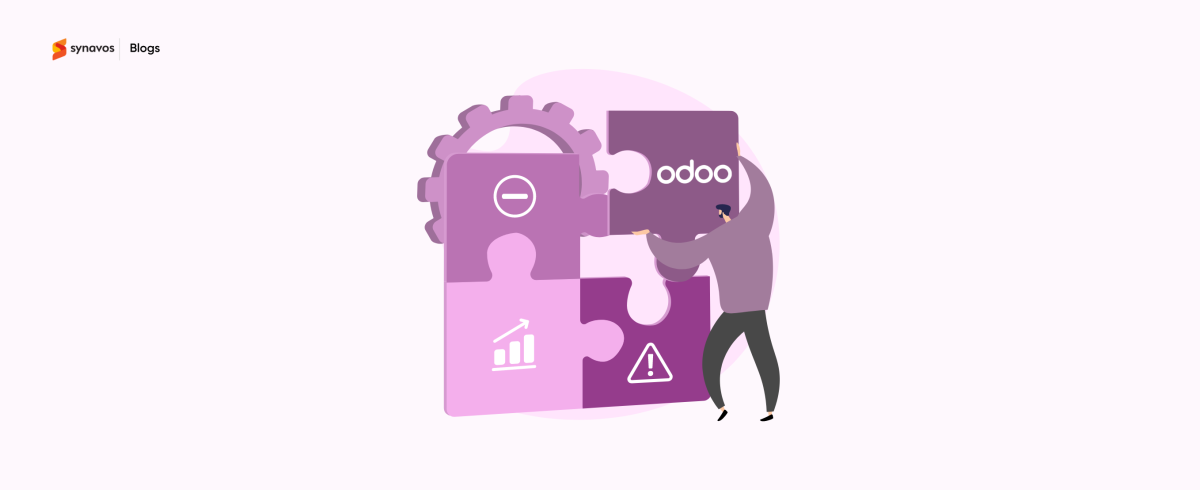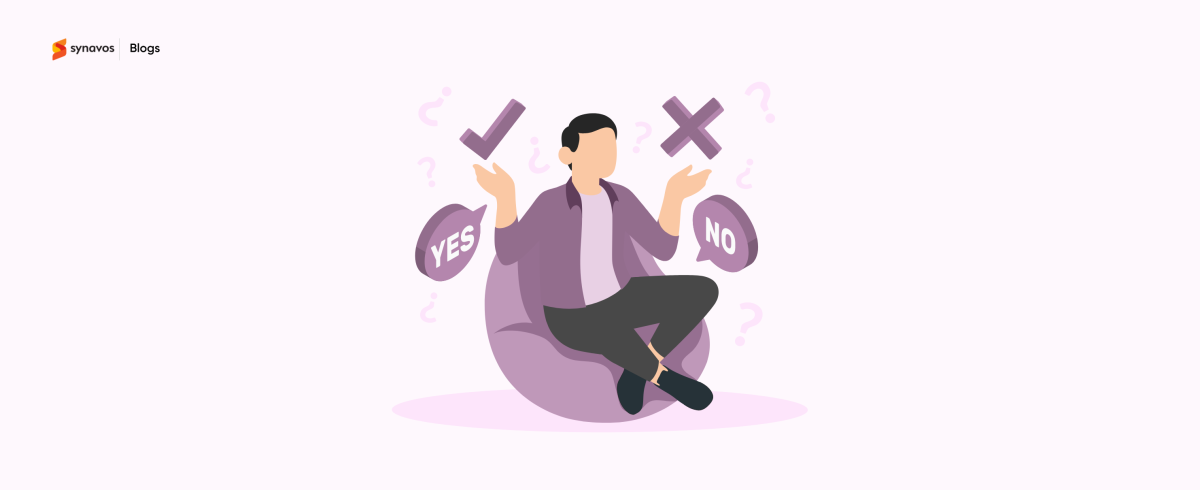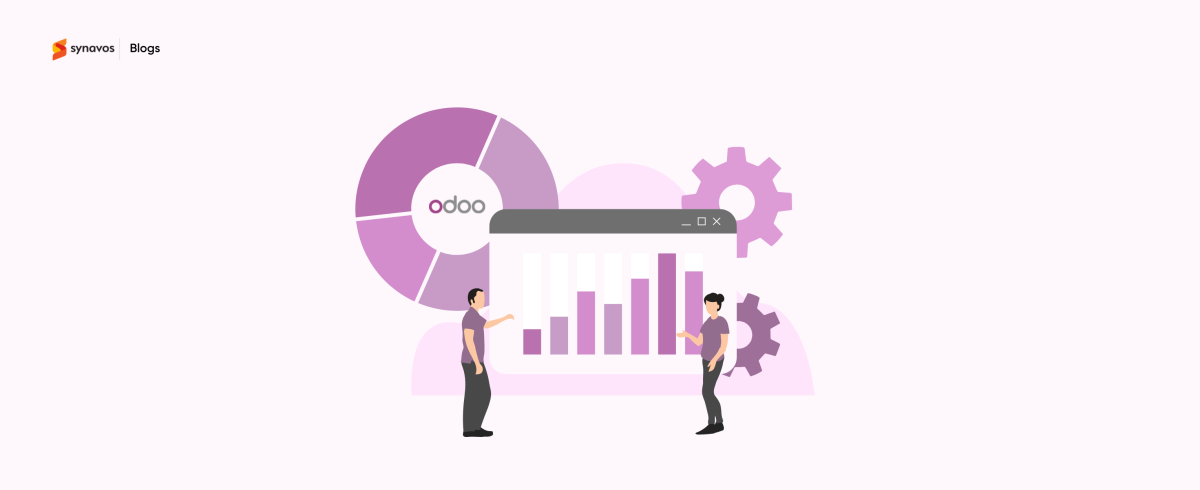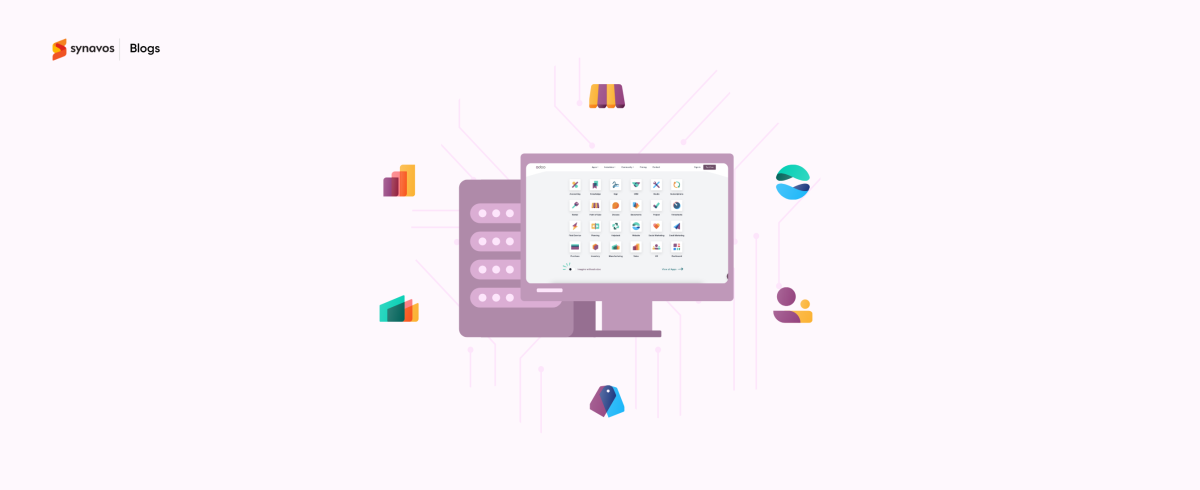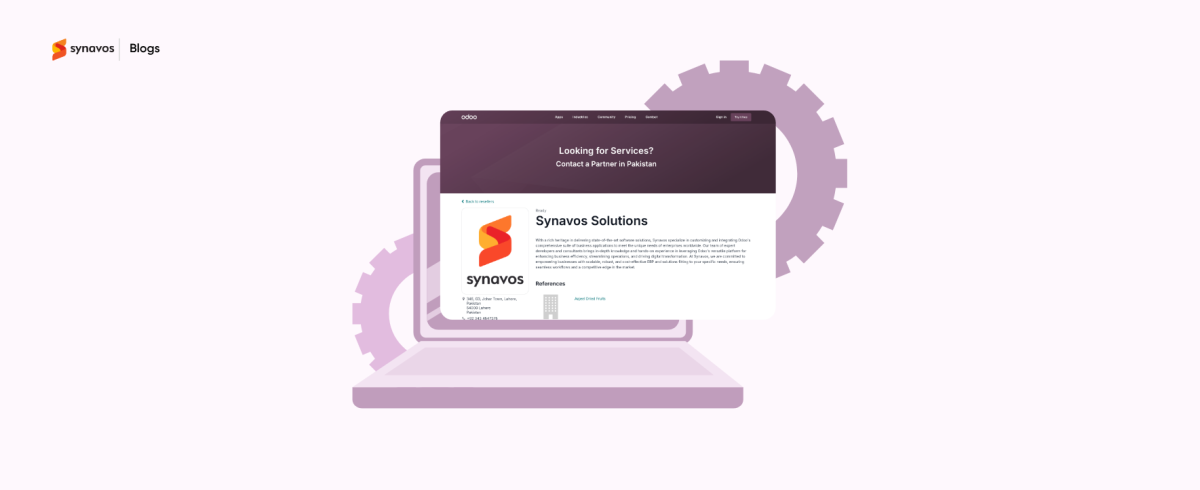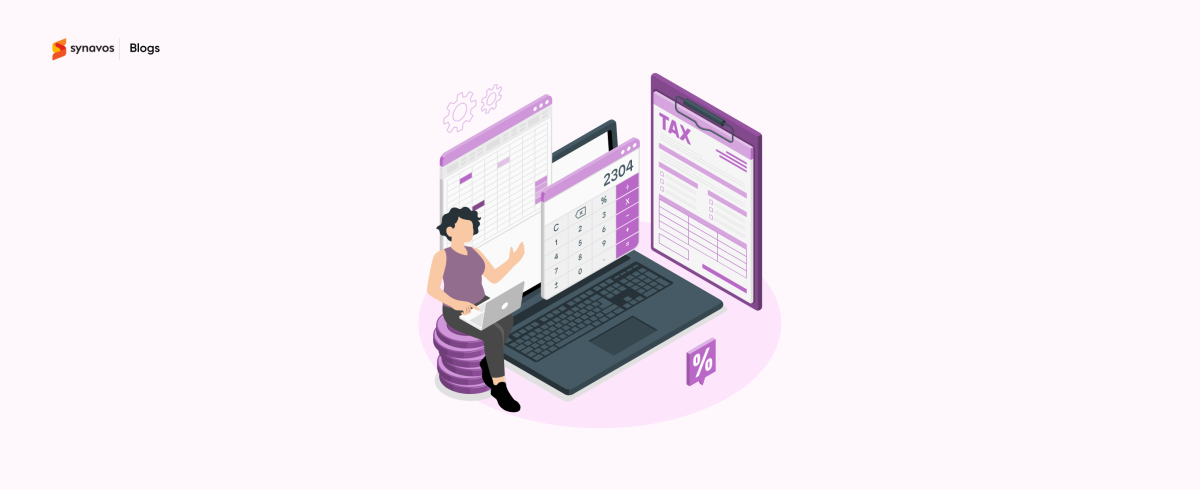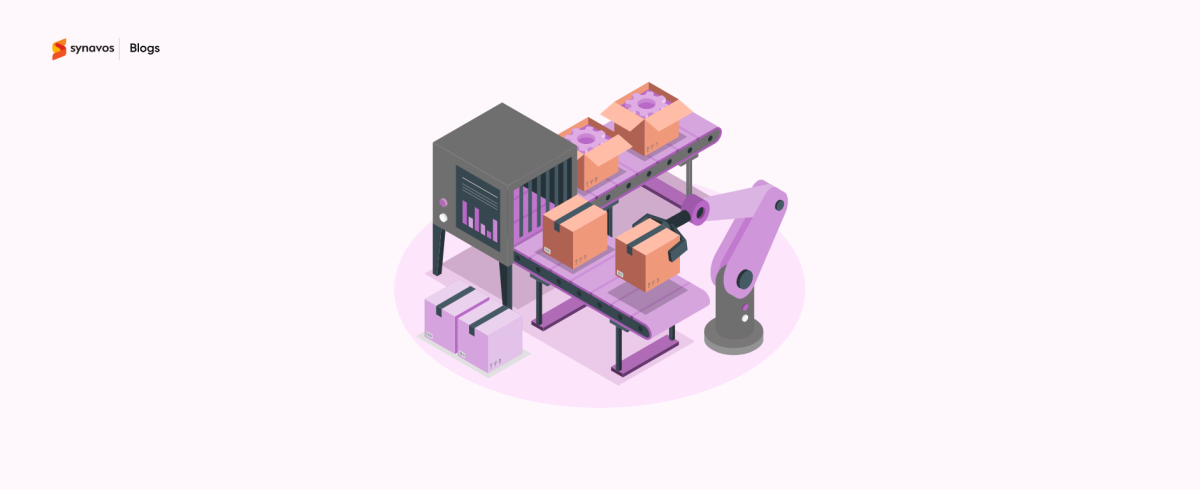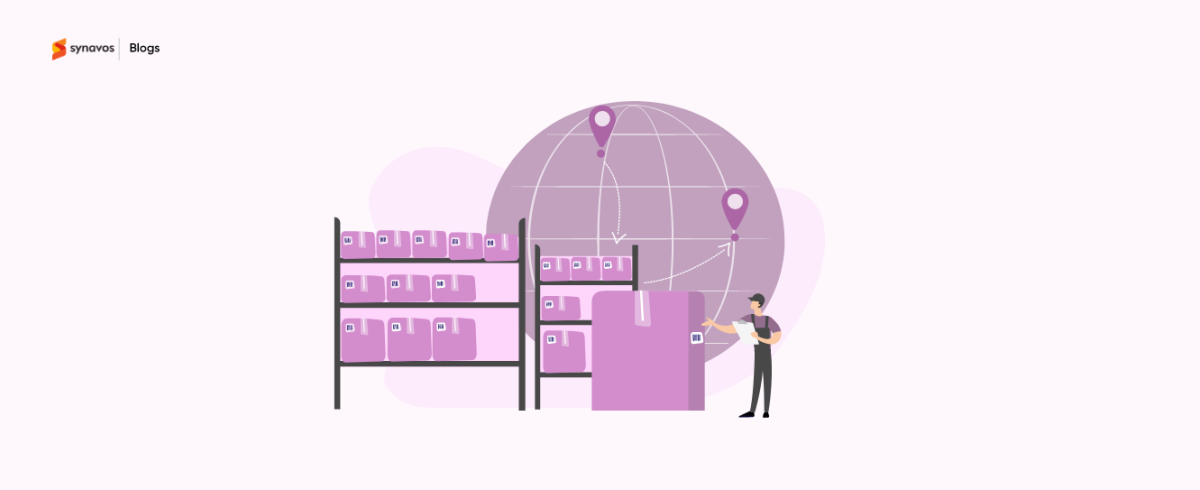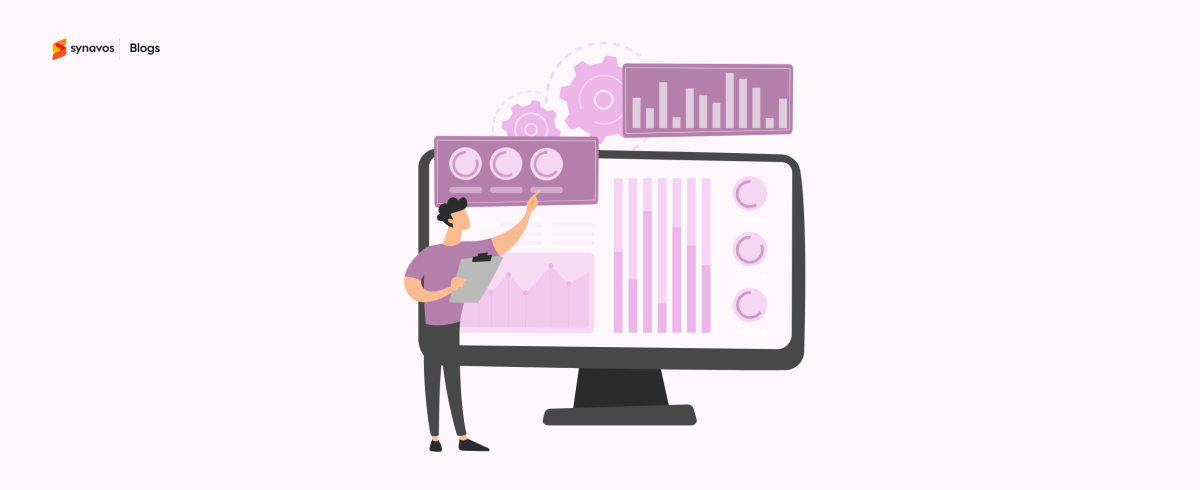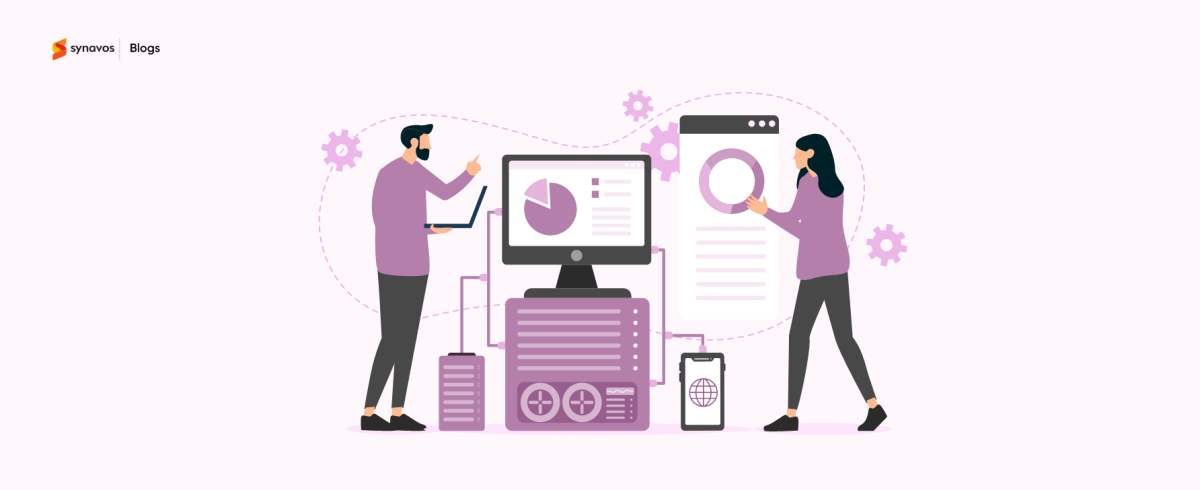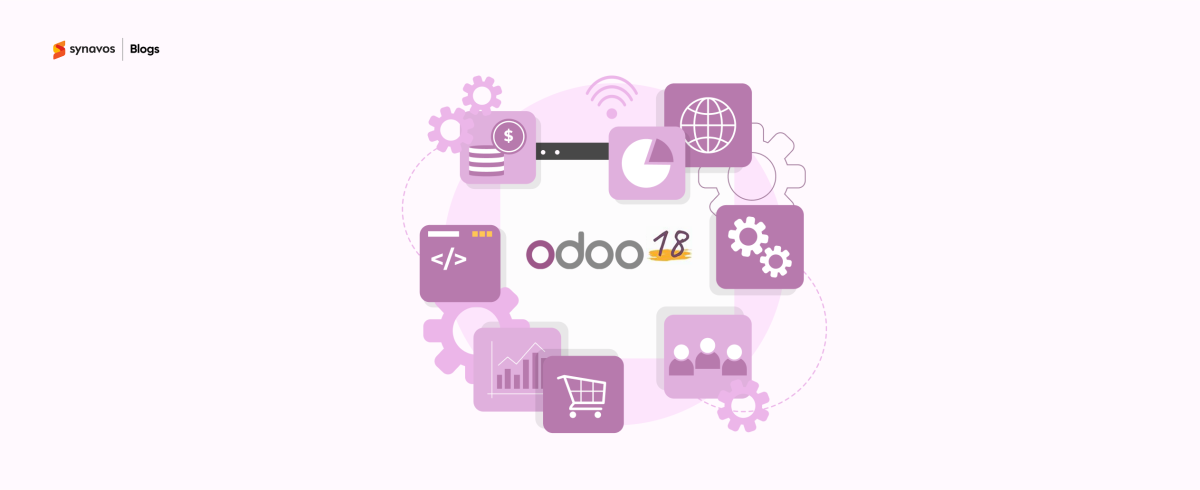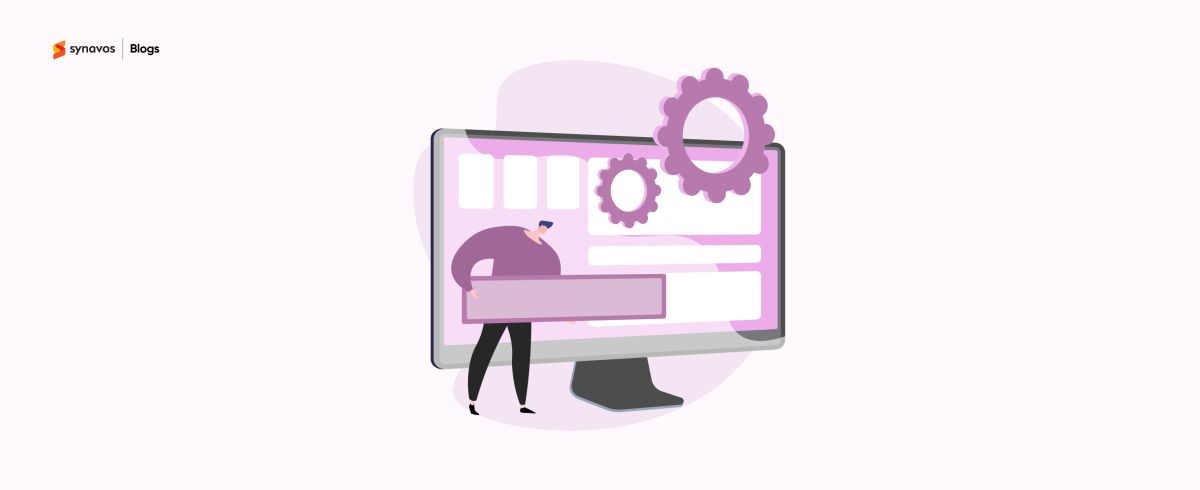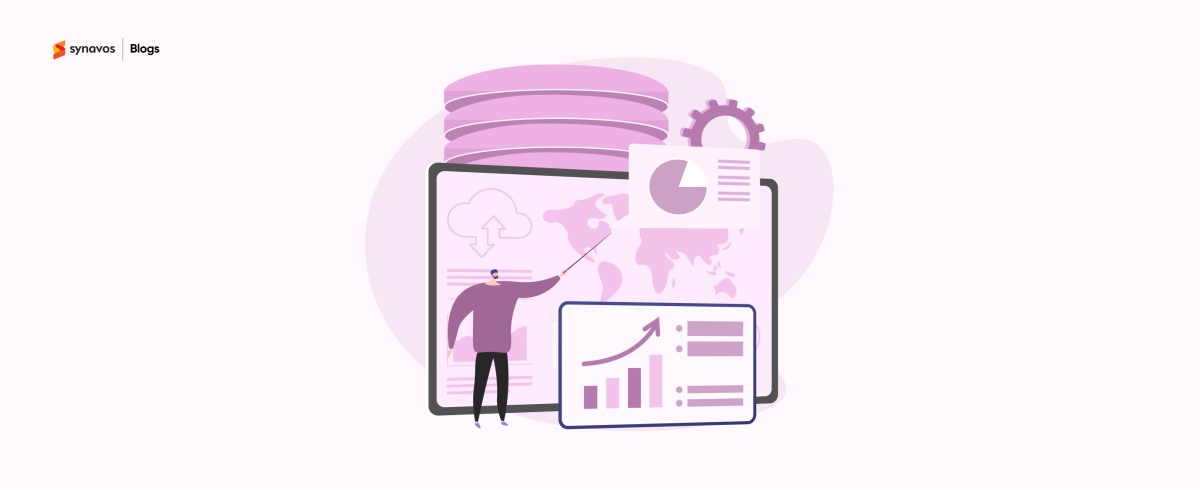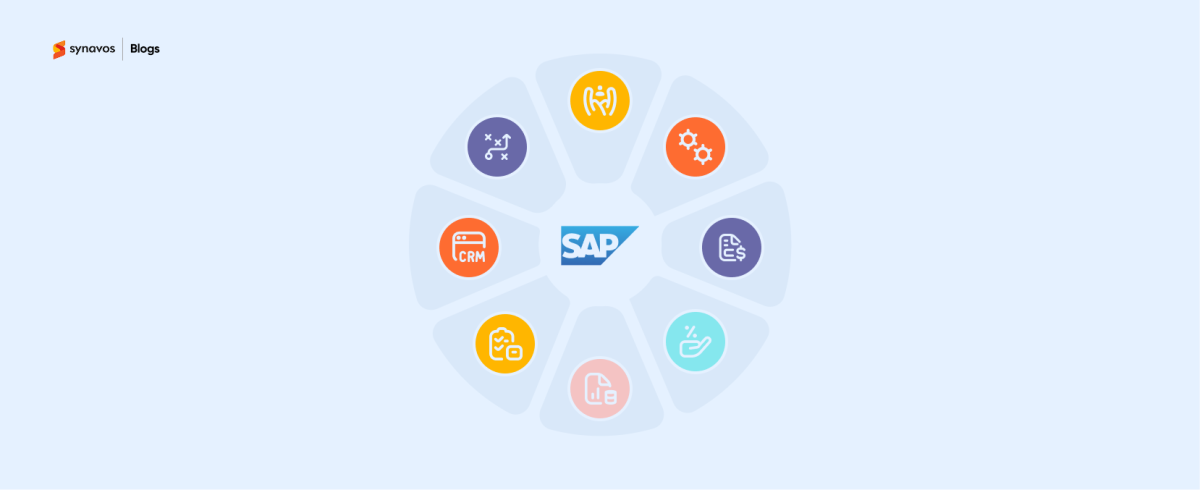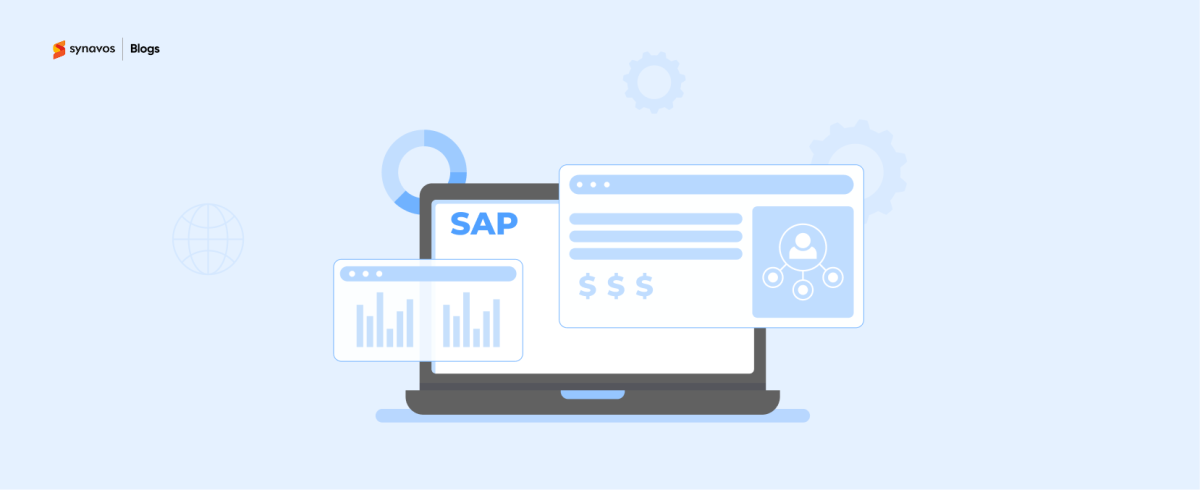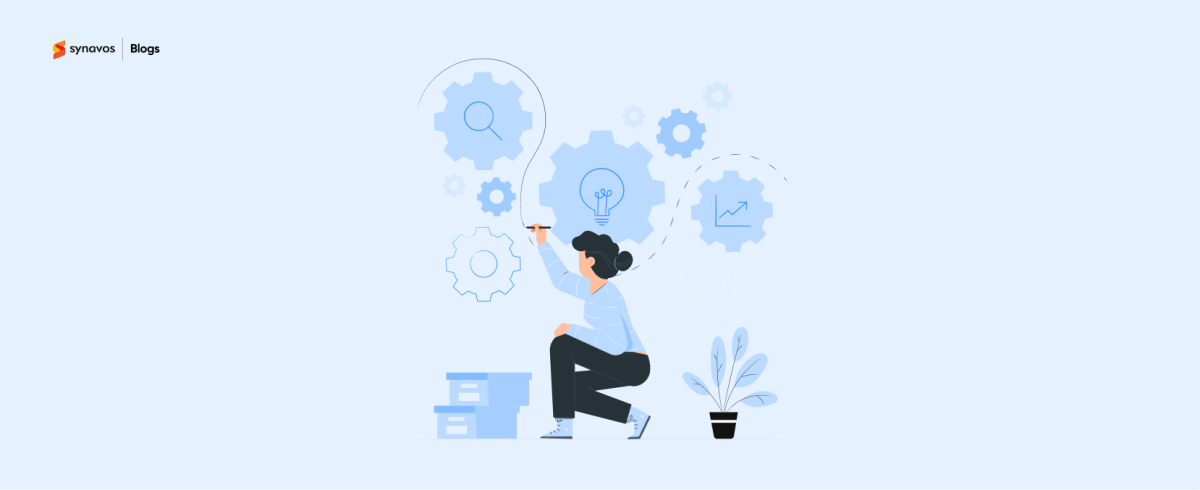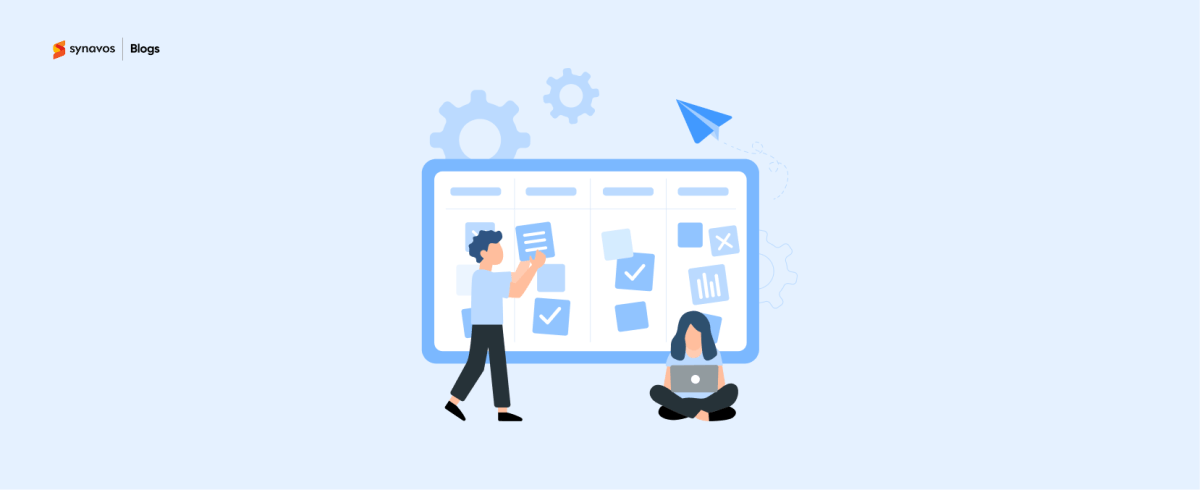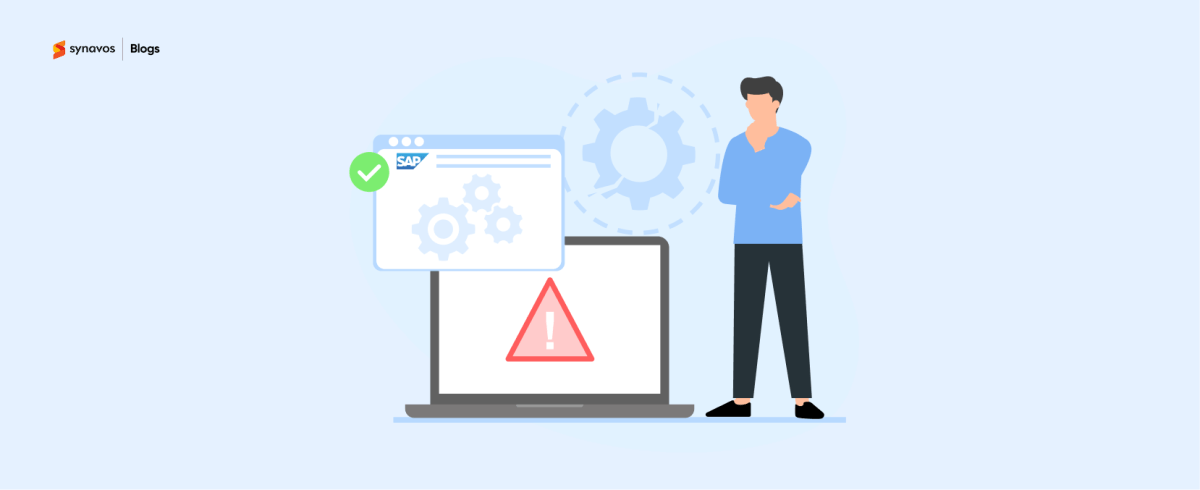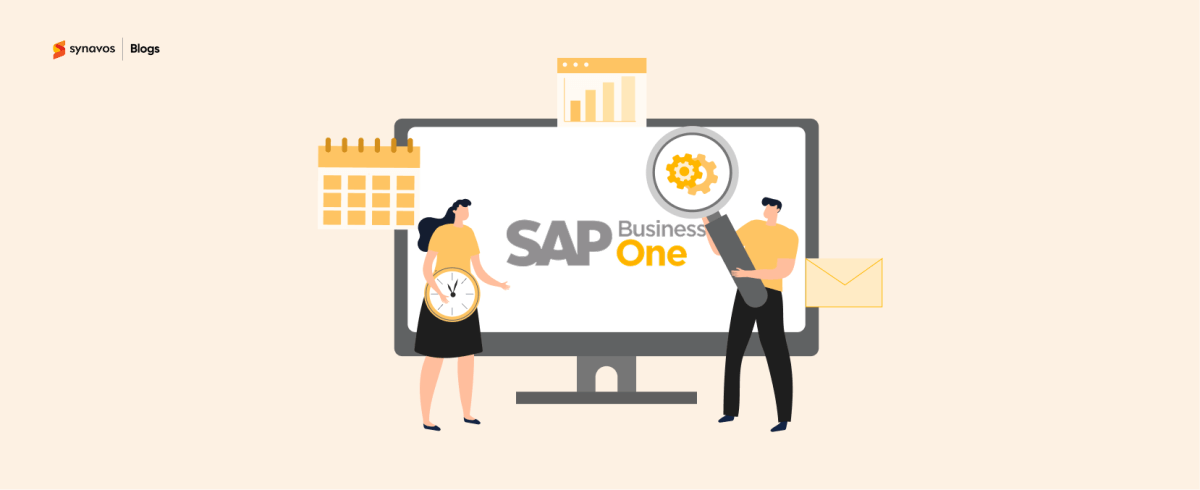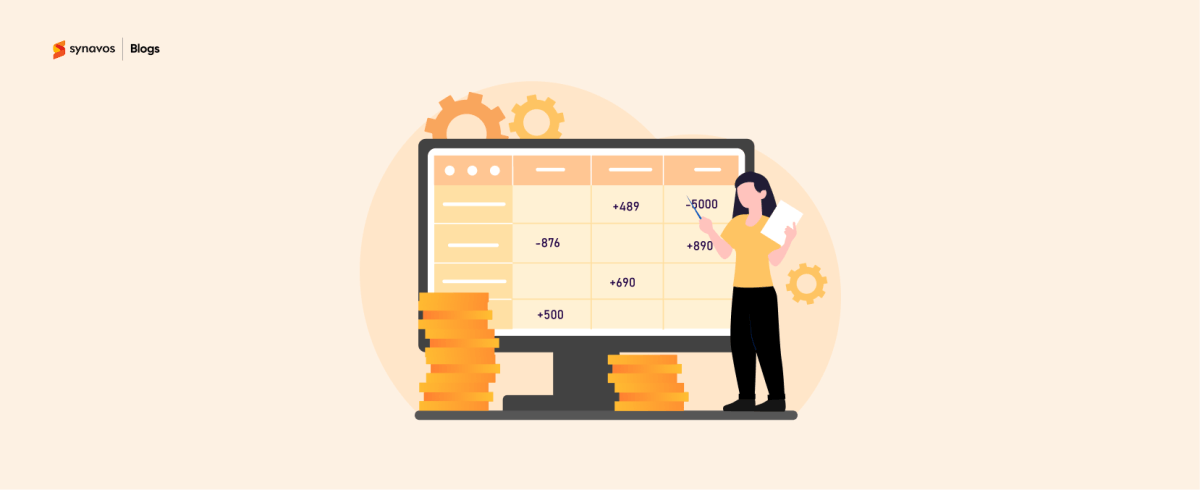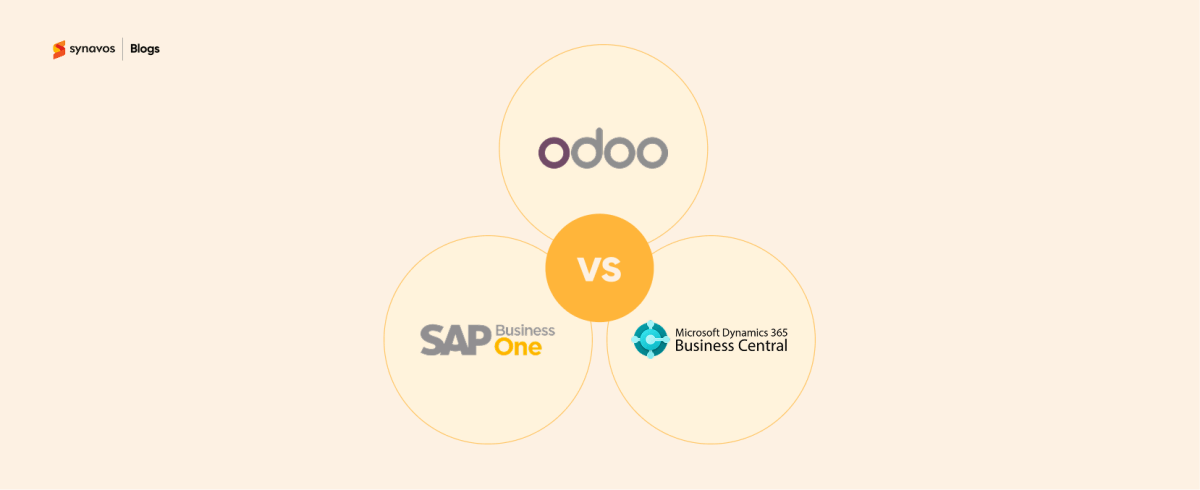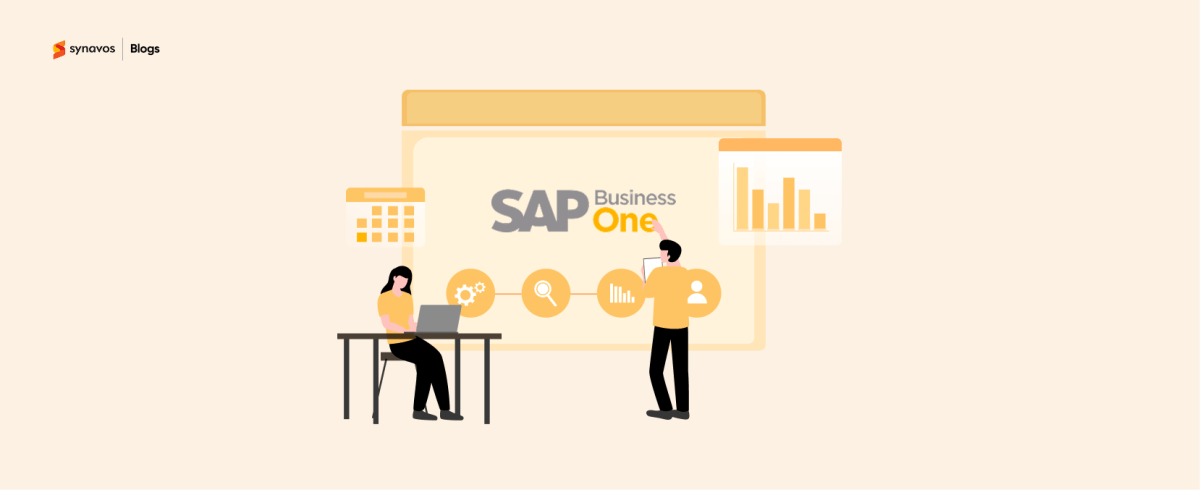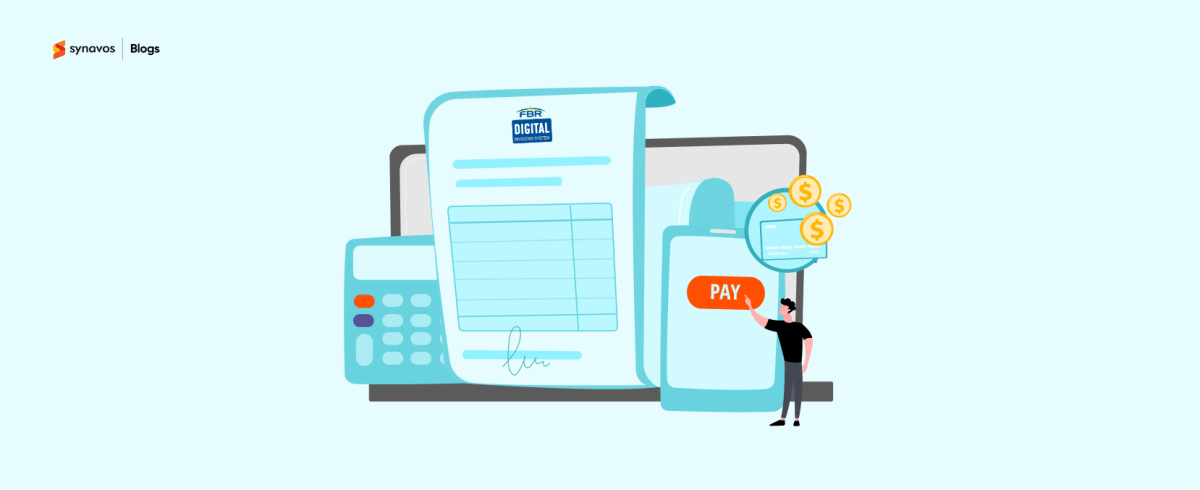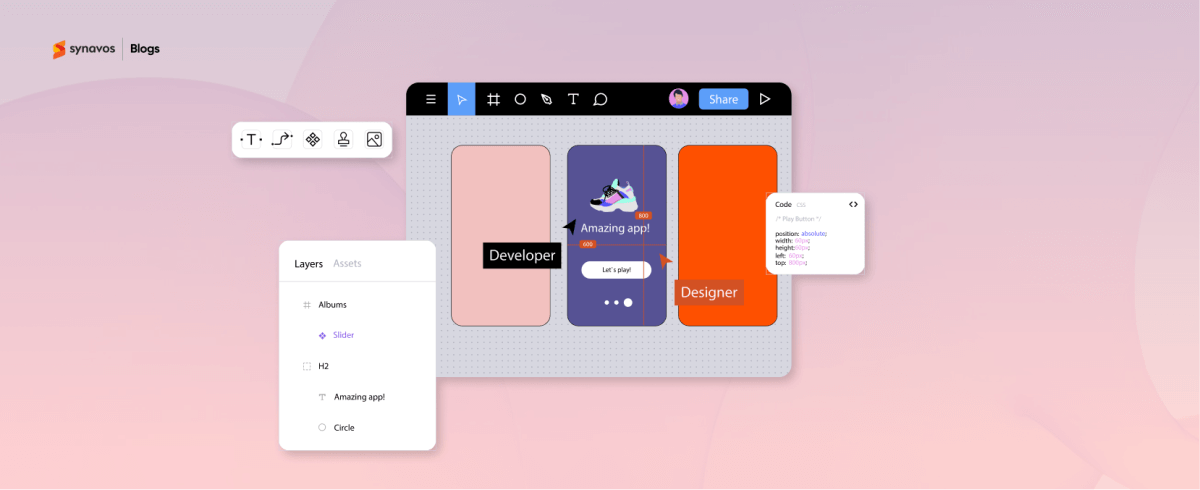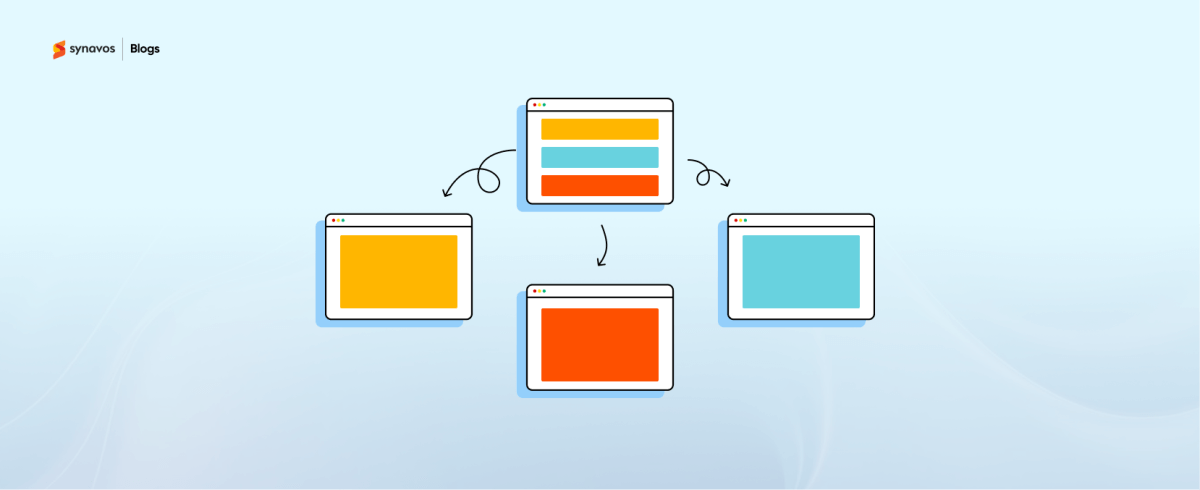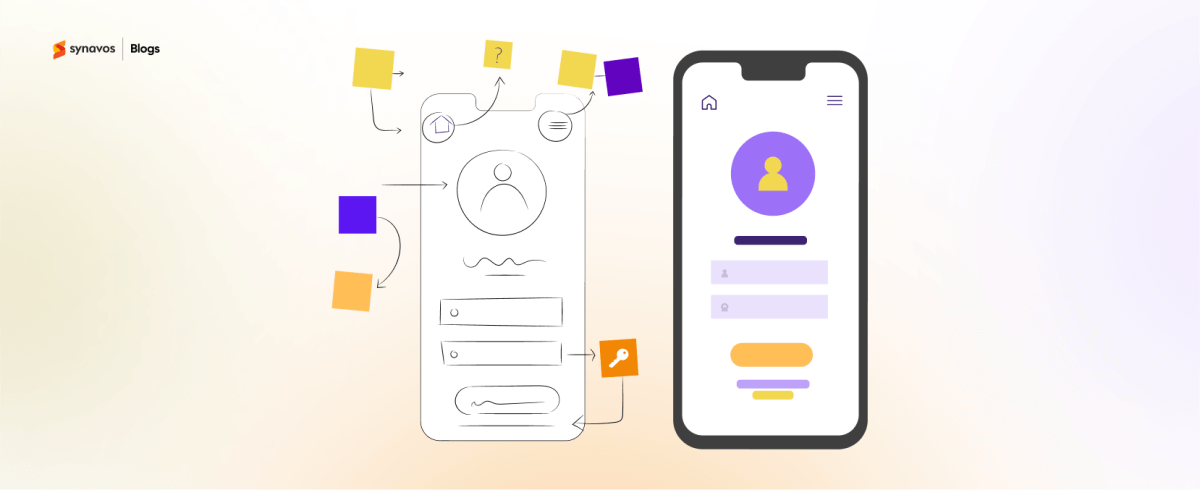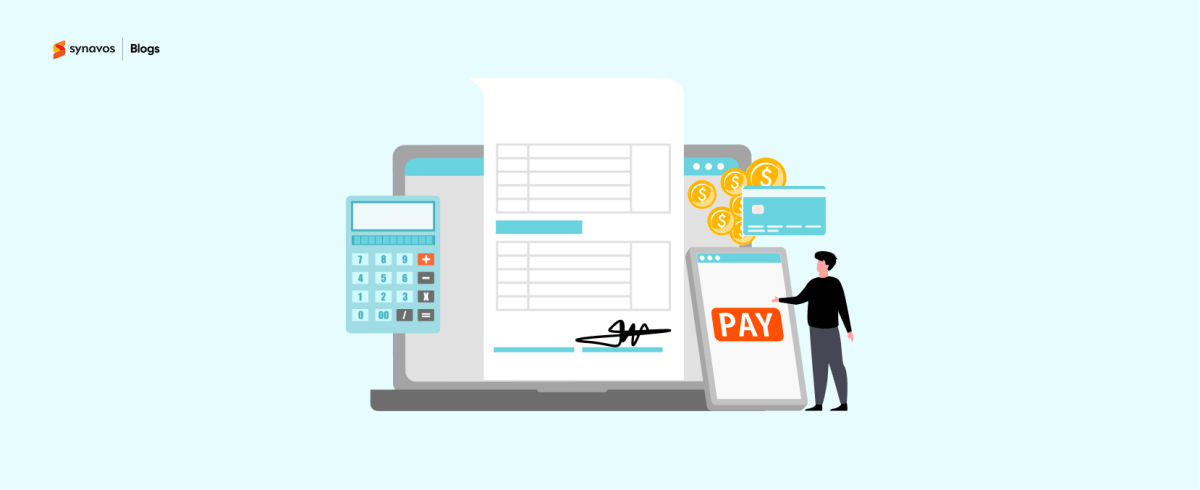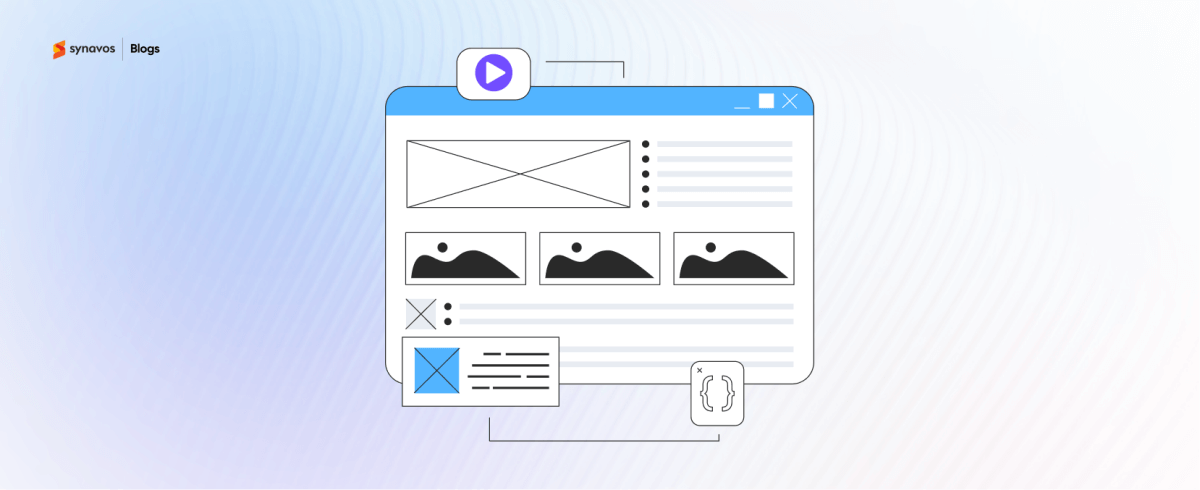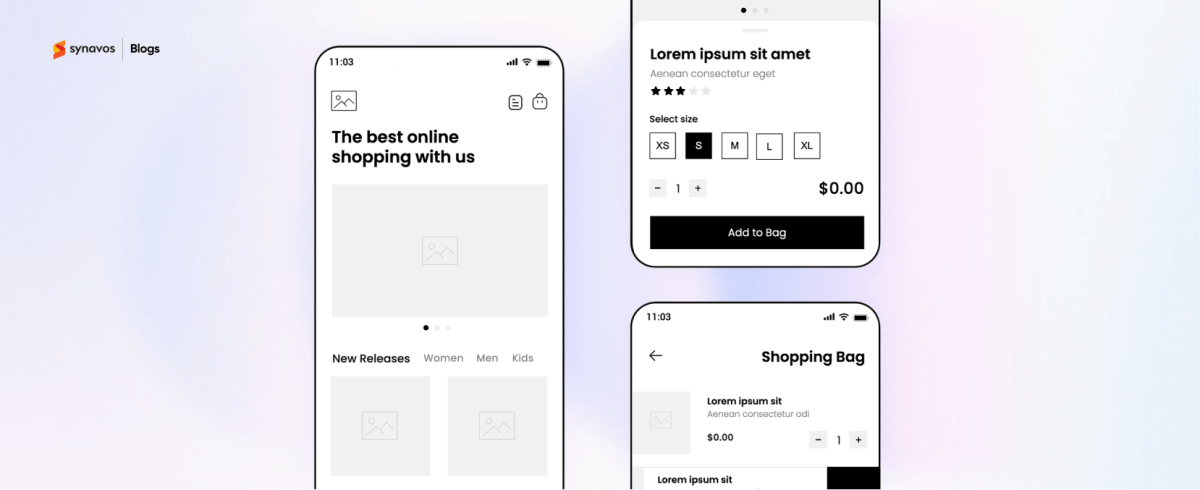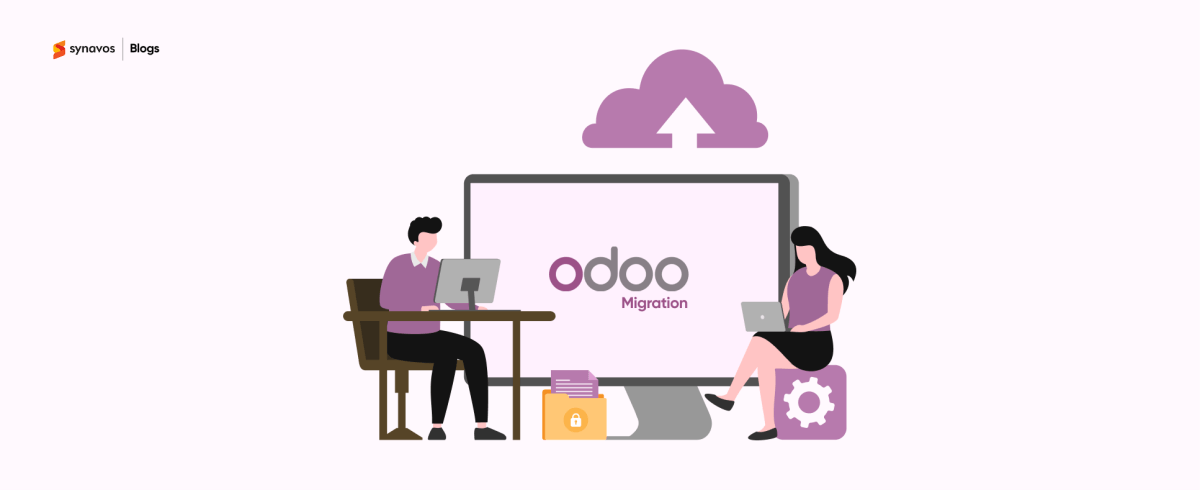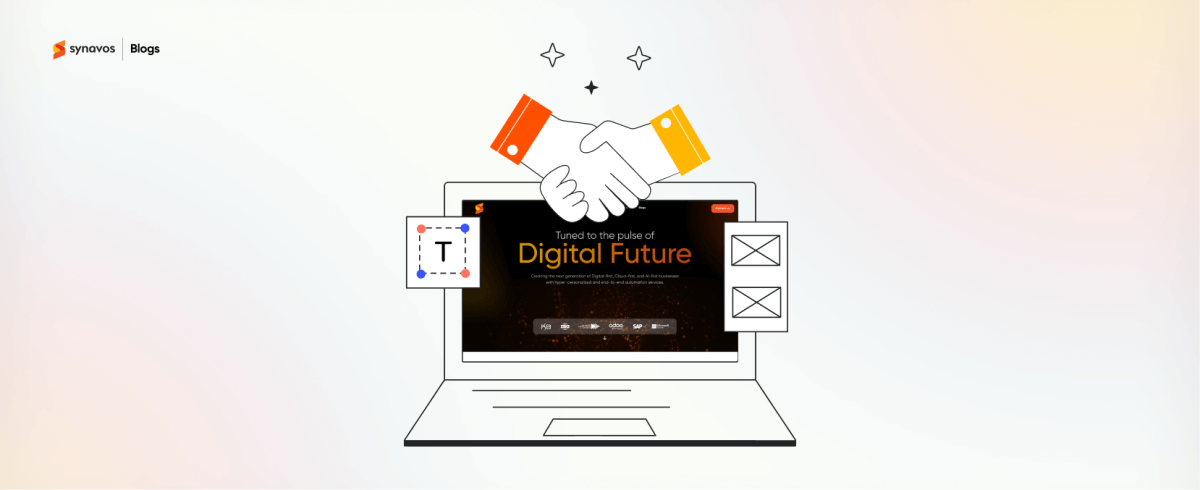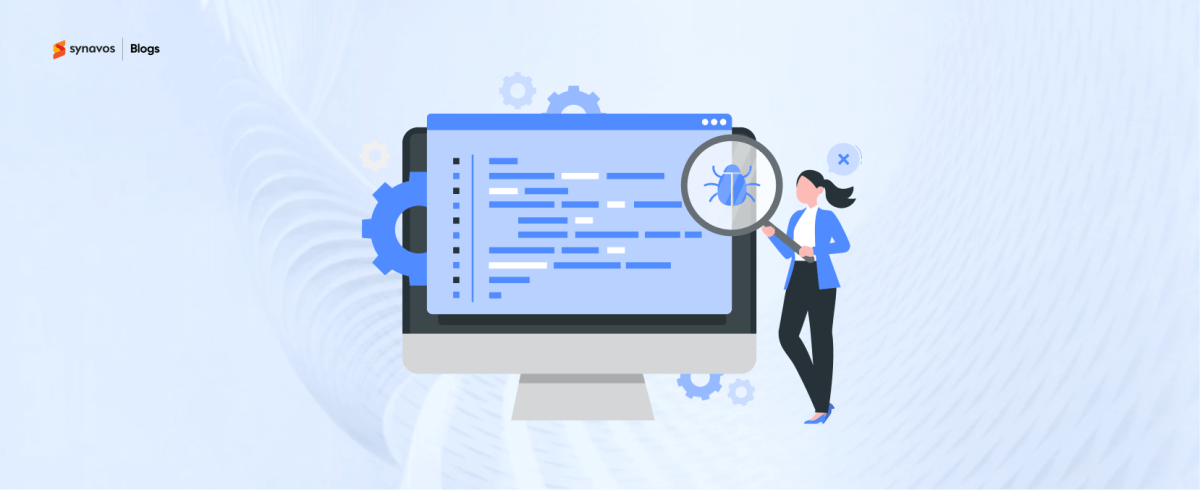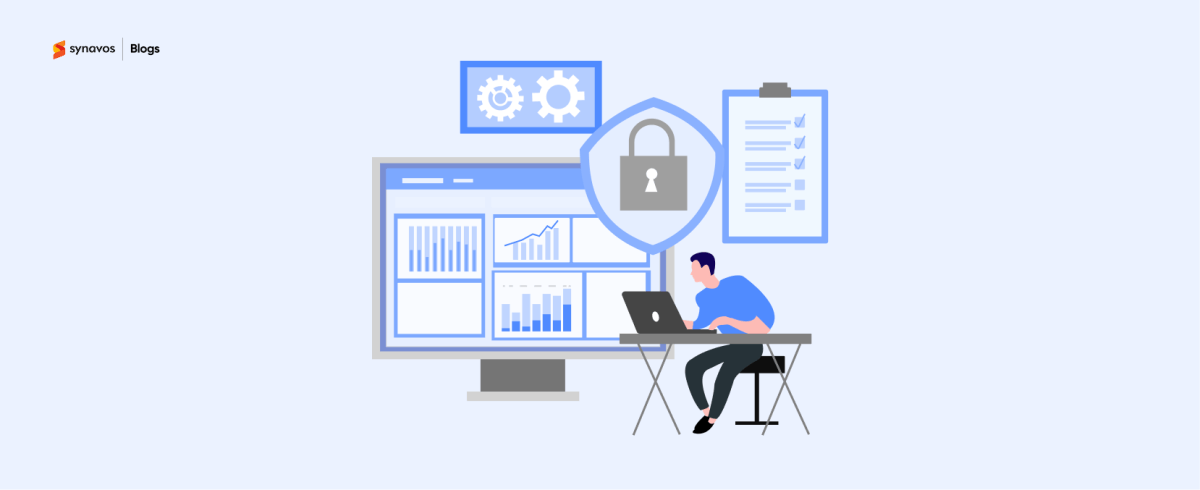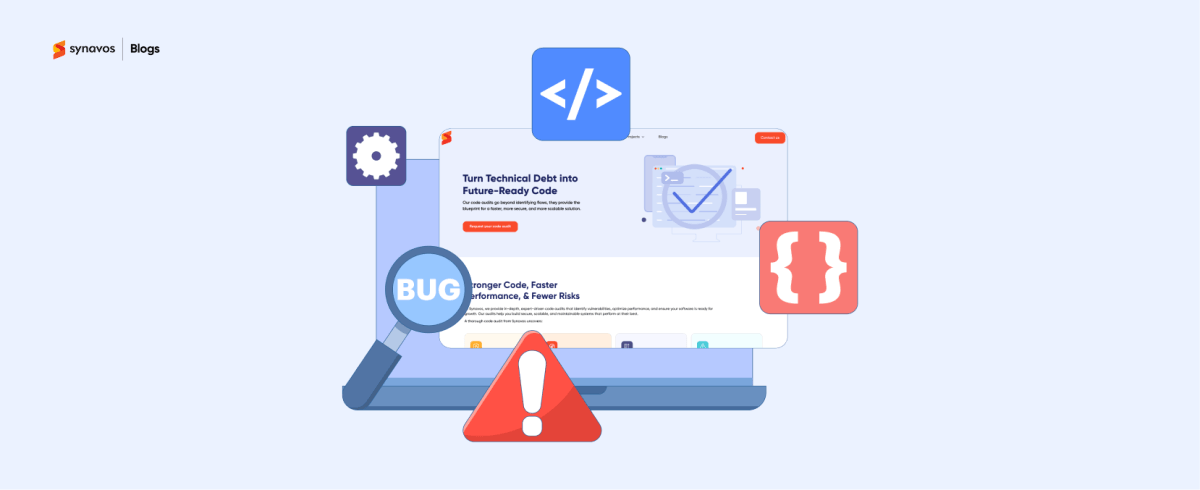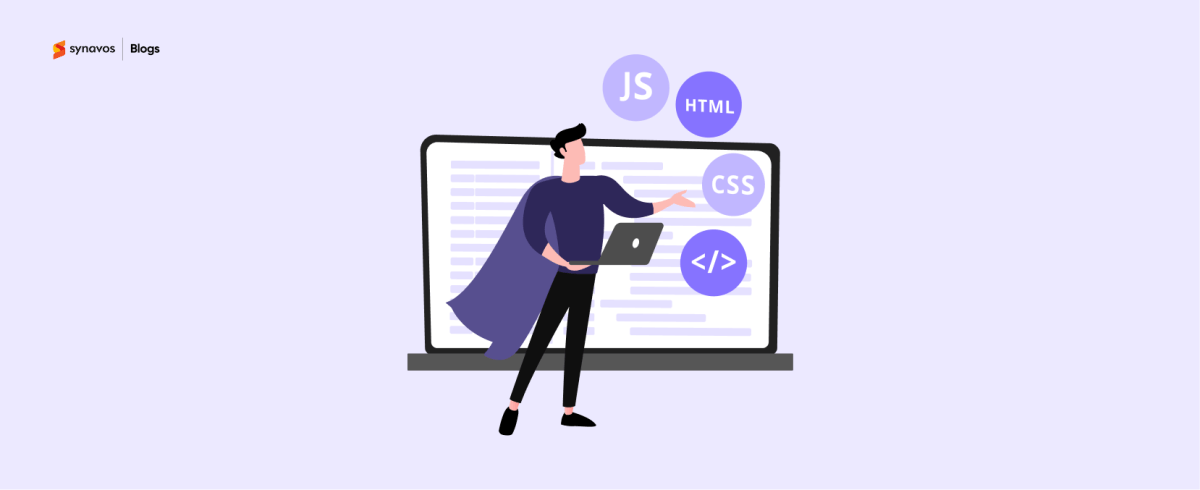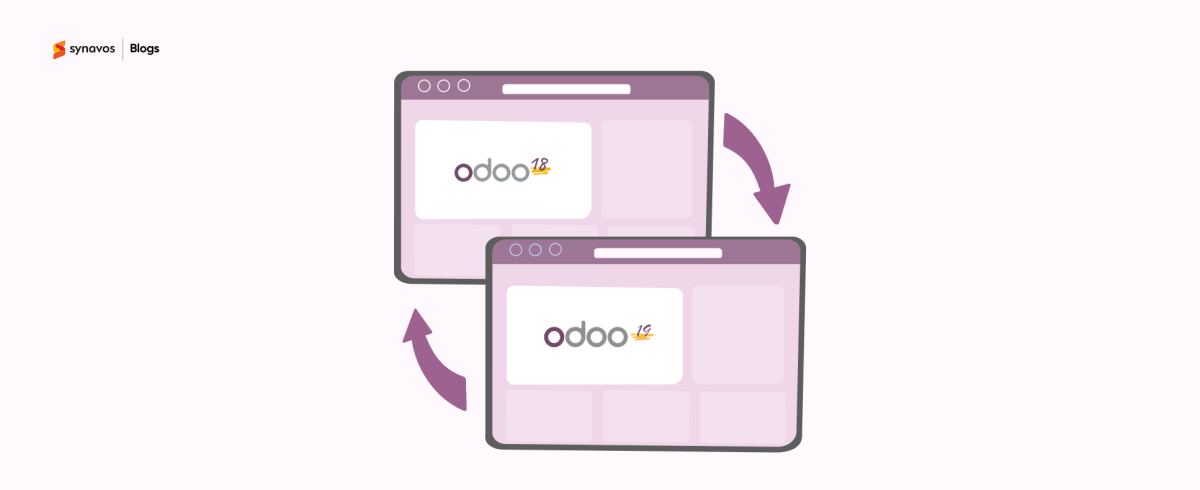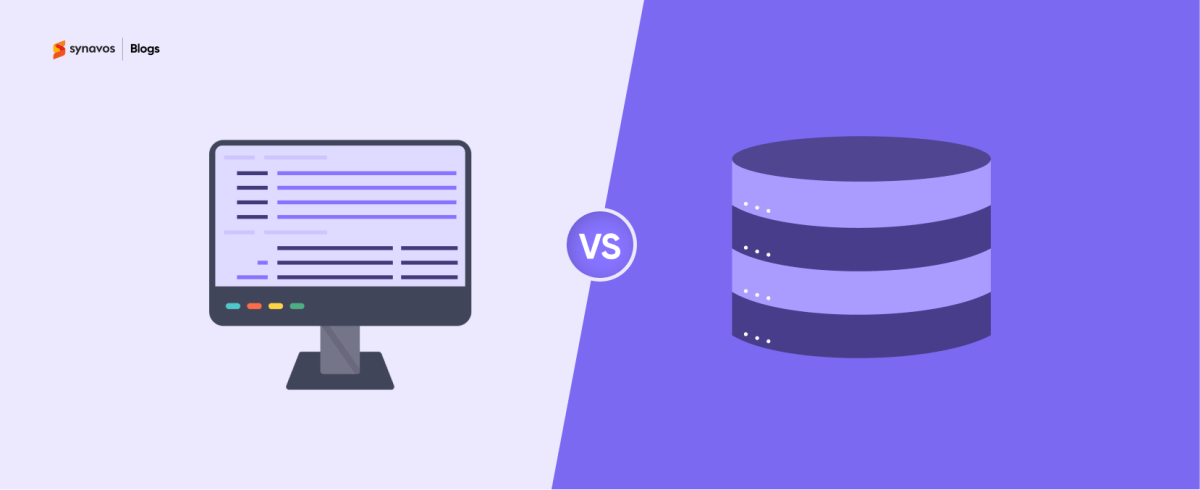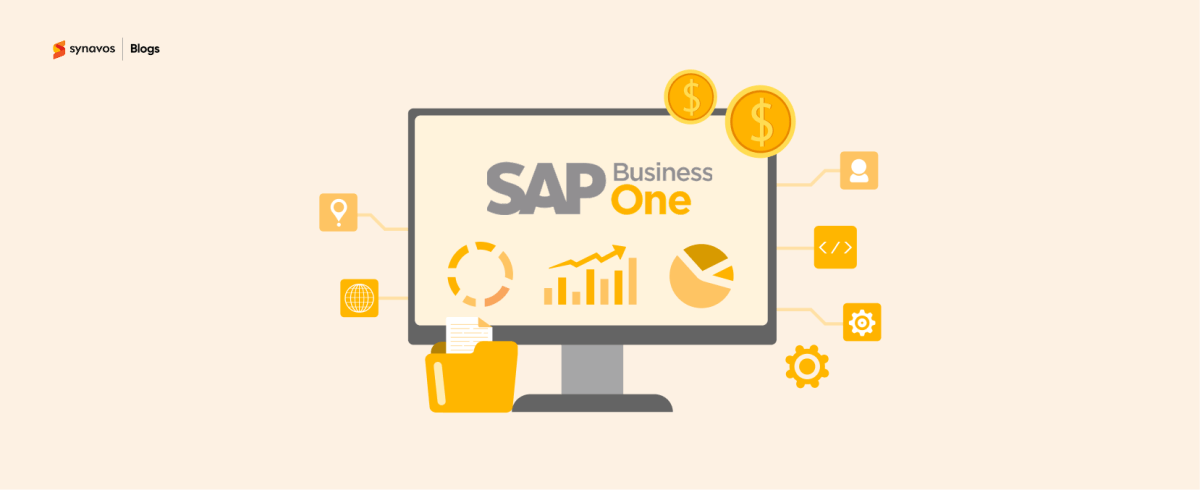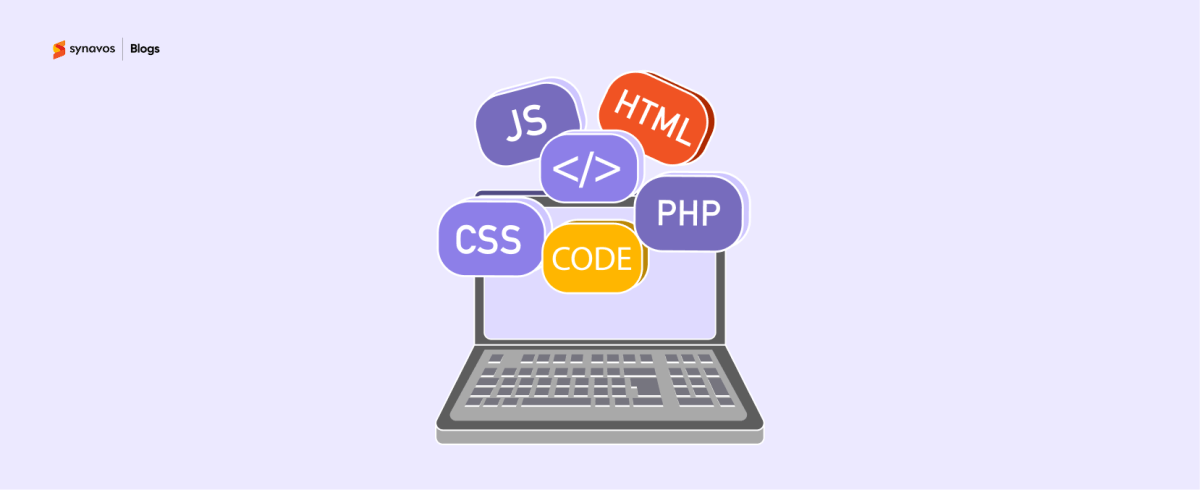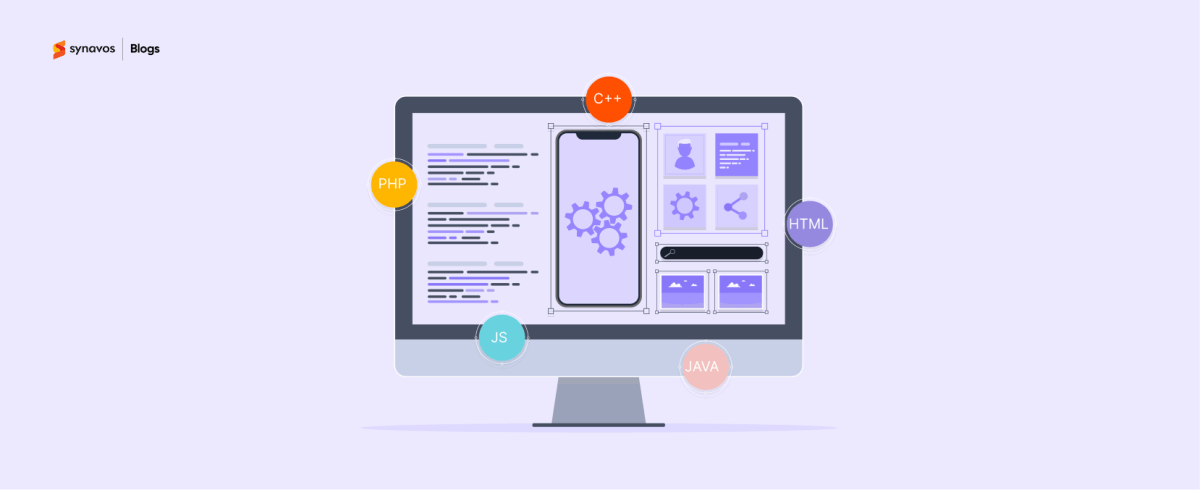Migrating to Odoo is a major step in digital transformation. Being an all-in-one ERP platform, Odoo unifies accounting, sales, CRM, inventory, HR, and more, helping businesses streamline operations and boost efficiency. However, migration isn’t just a “software update”. It impacts data, workflows, employees, and productivity. Without proper planning, mistakes in Odoo migration can cause data loss, downtime, broken modules, and costly overruns. In fact, NetSuite reveals that 51% of ERP projects fail to deliver expected results due to poor execution, and Odoo migration is no exception.
This article highlights 8 costly and common mistakes to avoid during Odoo migration and offers practical tips for a smooth and successful migration.
Mistake #1: Treating Odoo Migration as a Simple Upgrade
Many companies assume that migrating to Odoo 18 or 19 is the same as installing a software patch. In reality, migration involves transferring your entire business ecosystem, including data, workflows, user permissions, and custom modules, into a new environment.
If treated lightly, the result is often misconfigured workflows, data mismatches, and disrupted operations. For example, a retail company migrating from Odoo 17 to Odoo 19 without proper planning might find its POS workflows broken, causing long queues at stores.
What to Do
- Plan Ahead: Migration is a comprehensive process, not just an update. You need a strategy that includes all data transfer, system reconfiguration, and feature testing.
- Set Expectations: Ensure that stakeholders understand the scope of the migration, including timelines, costs, and potential disruptions.
- Consult Experts: If you're unsure about the scope, working with an Odoo migration expert can help you understand the requirements better and avoid surprises down the road.
Mistake #2: Skipping Data Cleanup Before Odoo Migration
Data is at the core of every ERP system, and if your data isn’t clean, migrating it to Odoo will only create problems. Skipping this step can lead to messy, disorganized records that cause more headaches than they solve.
Migrating unclean or redundant data can cause errors in reporting, affect data integrity, and even disrupt workflows. For example, duplicate records, missing information, or outdated data can interfere with your ability to make informed business decisions and reduce system efficiency.
What to Do
- Conduct a Data Audit: Start by auditing your current system to identify duplicates, inaccuracies, and outdated records.
- Cleanse Data: Remove or correct any data that is incorrect or redundant. If certain information isn’t necessary, eliminate it.
- Validate Data: After cleaning, perform a validation check to ensure that your data is in good shape for migration.
Mistake #3: Ignoring Custom Module Compatibility
One of Odoo’s biggest strengths is customizability. Businesses often build custom modules to meet unique requirements, such as localized tax handling, industry-specific workflows, or advanced reporting. However, these customizations can cause significant issues if not properly evaluated during migration.
If custom modules aren't properly assessed for compatibility with the new version of Odoo, they may break after migration. This could result in important business functions becoming inoperable, leading to increased downtime and frustration among users.
What to Do
- Evaluate Custom Modules: Before migrating, review all custom modules to ensure they will work with the latest version of Odoo.
- Test Customizations: Testing is essential for custom modules. Ensure they perform correctly in the new environment.
- Update or Rebuild: If needed, update your custom modules or consider rebuilding them to ensure they are fully compatible.
Mistake #4: Overlooking Third-Party Integrations
Most businesses integrate Odoo with external applications like CRMs, payment gateways, e-commerce platforms, or logistics tools. If these integrations aren’t properly reconfigured during migration, the result is workflow breakdowns and data silos.
For example, if your Shopify-Odoo integration isn’t adjusted post-migration, orders may not sync correctly, eventually leading to delayed shipments and unhappy customers.
What to Do
- Review Integrations: Identify all third-party applications integrated with Odoo. Ensure they are compatible with the new system.
- Test Integrations: Run tests on these integrations before going live to ensure they work properly.
- Reconfigure if Necessary: In some cases, integrations may need to be reconfigured or upgraded to work with the latest version of Odoo.
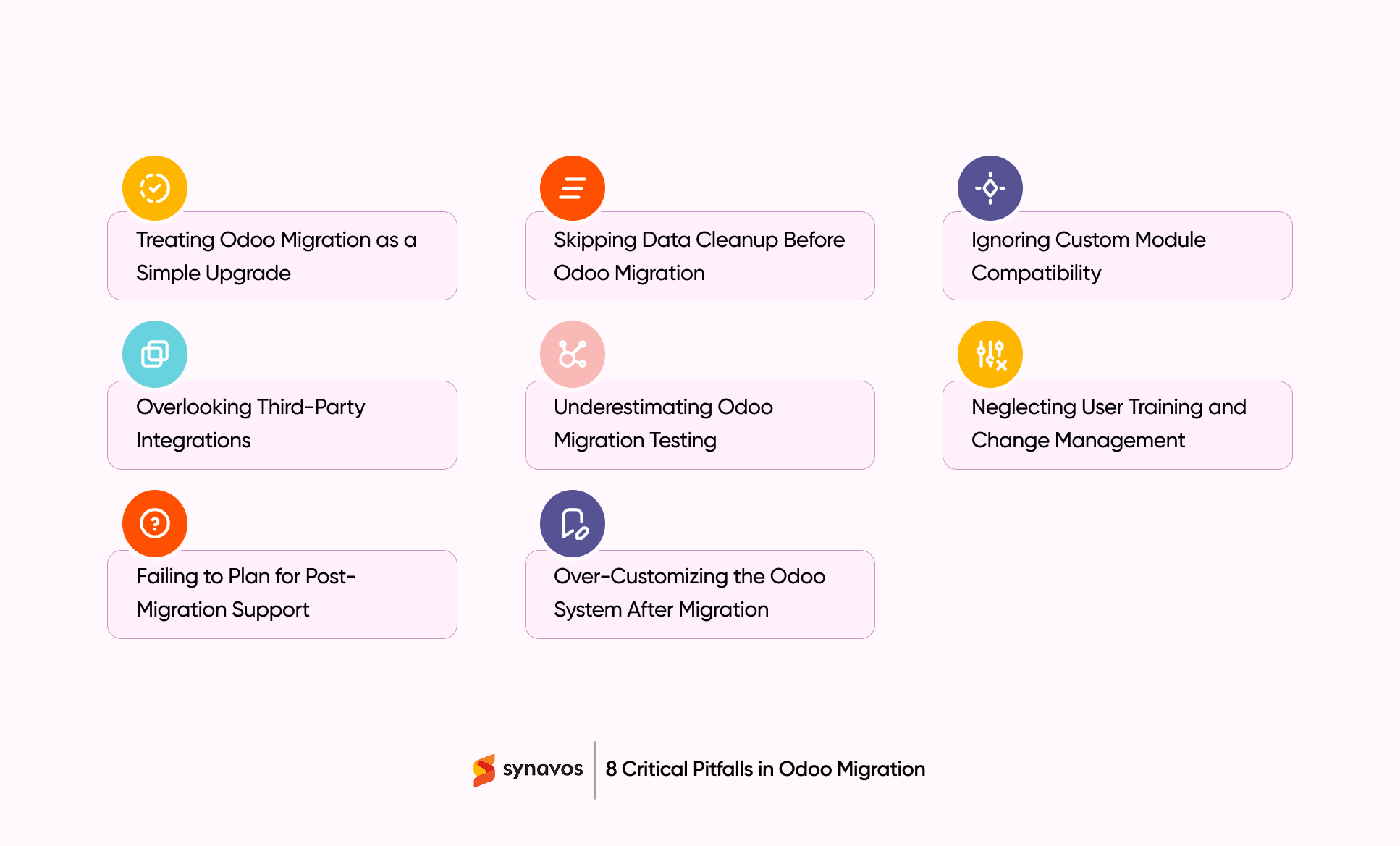
Mistake #5: Underestimating the Importance of Odoo Migration Testing
Testing is the safety net of ERP migration. Skipping or rushing through testing often leads to undetected errors that surface only after go-live. This can result in downtime, incorrect reports, or even financial misstatements.
What to Do
- Plan for Testing: Develop a testing strategy that includes unit testing, system testing, and user acceptance testing (UAT).
- Use Real Scenarios: Test the system using real business scenarios to ensure it works as expected.
- Conduct Parallel Testing: Run the old and new systems in parallel for a short period to compare outputs and identify discrepancies.
Mistake #6: Neglecting User Training and Change Management
Migrating to a new system is a significant change for employees. Without proper training, they may struggle to use the new system effectively, leading to decreased productivity and frustration.
Without adequate training, users may continue using outdated methods or become frustrated with the new system, reducing productivity. Resistance to change is natural, and if not addressed, it can negatively impact system adoption and performance.
What to Do
- Offer Role-Based Training: Provide training that is tailored to the specific roles and responsibilities of each user.
- Conduct Hands-On Sessions: Let users practice with the system to build their confidence and familiarity.
- Provide Ongoing Support: After migration, offer continuous support to address any issues or questions that may arise.
Mistake #7: Failing to Plan for Post-Migration Support in Odoo
Even after the migration is complete, you’ll likely encounter issues that need attention. Without post-migration support, small issues can escalate into downtime, revenue loss, and frustrated teams. Having a support team ready ensures that any issues that arise are quickly resolved, helping to keep the system running smoothly.
What to Do
- Set Up a Support Team: Ensure you have a dedicated support team that can handle any issues that arise after migration.
- Define Escalation Paths: Establish clear escalation procedures for urgent issues.
- Monitor System Performance: Continuously monitor the system’s performance to identify and address problems early.
Mistake #8: Over-Customizing the Odoo System After Migration
Odoo is highly customizable, but this flexibility can lead to problems if taken too far. Over-customization can make future updates more difficult and costly.
Excessive customizations can complicate future Odoo upgrades. It can also increase maintenance costs and make the system harder to manage. If too many custom features are added, it may be difficult to upgrade to newer versions of Odoo, causing you to miss out on key improvements.
What to Do
- Limit Customizations: Stick to customizing only the features that are essential for your business.
- Document Customizations: Ensure that all customizations are well-documented so that future updates and changes are easier to implement.
- Work with Experts: Engage Odoo consultants to help with customizations to ensure they are manageable and sustainable.
Wrapping Up
Odoo migration is a transformative process for your business, but it comes with its fair share of challenges. By avoiding these costly mistakes, you can ensure a smooth transition to your new ERP system. Remember, proper planning, data cleanup, testing, and user training are all essential for a successful migration. Take the time to prepare, get implementation done from a certified Odoo partner, and don’t rush through the process.
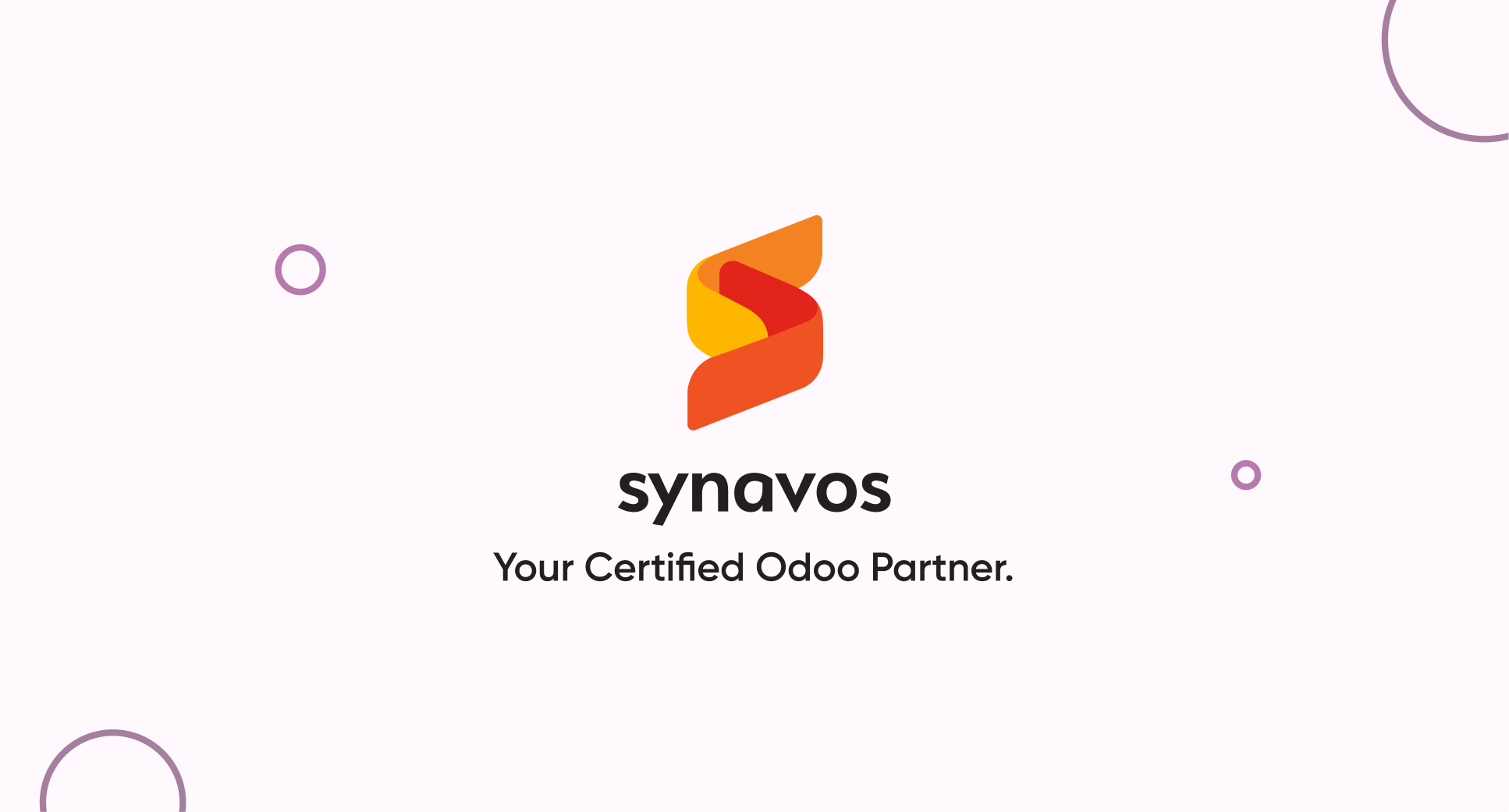
How Synavos Helps
As an official Odoo partner, Synavos has a proven track record of helping businesses across retail, manufacturing, healthcare, and logistics migrate to Odoo. From initial planning and data preparation to module compatibility, integration testing, and user training, we ensure that your migration is smooth and disruption-free. Whether you are upgrading from an older Odoo version or looking for an Odoo implementation service, we bring the expertise and proven methodology to help you succeed.
Contact us to experience an Odoo migration that delivers real business results. From efficiency gains to cost savings, Synavos ensures your ERP transformation translates directly into ROI.
